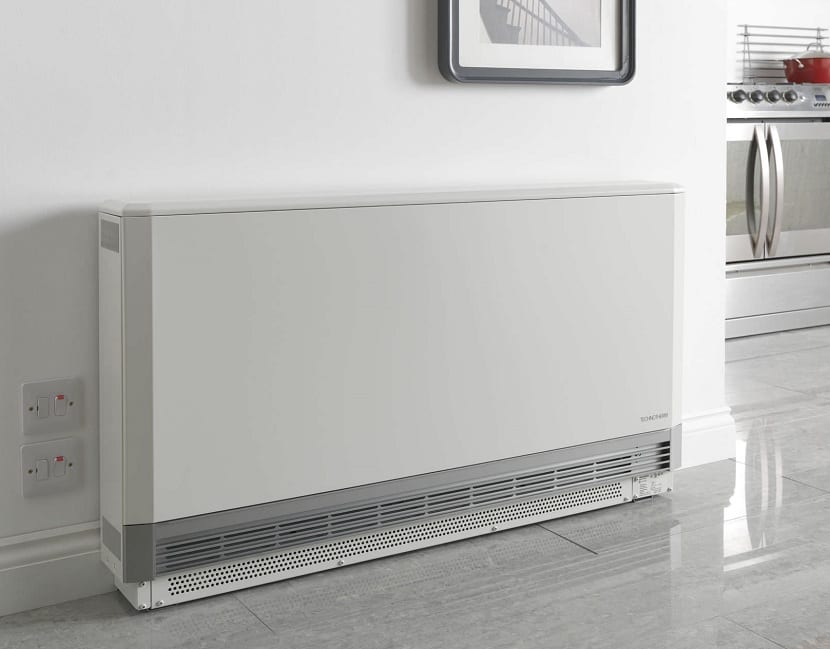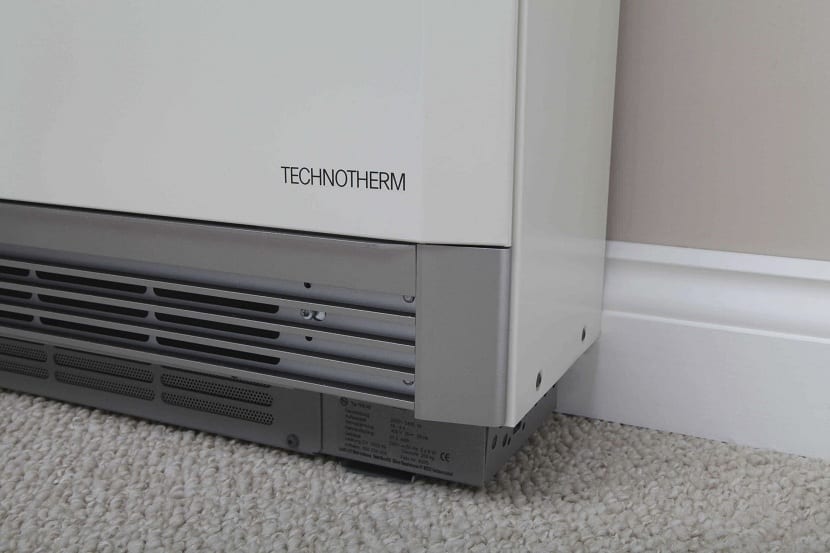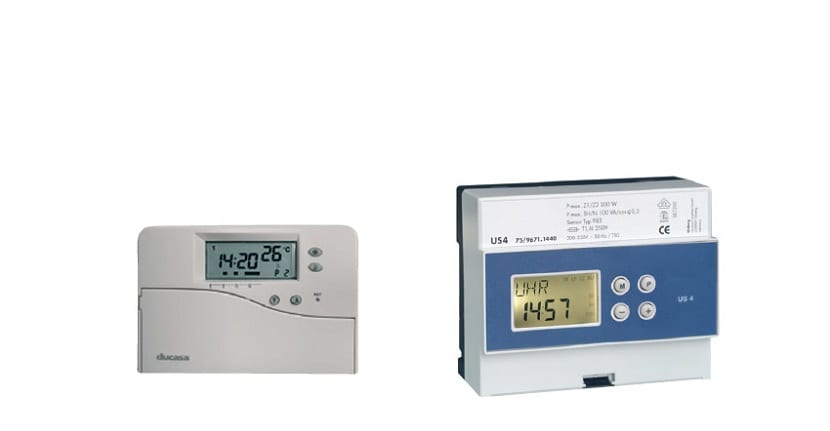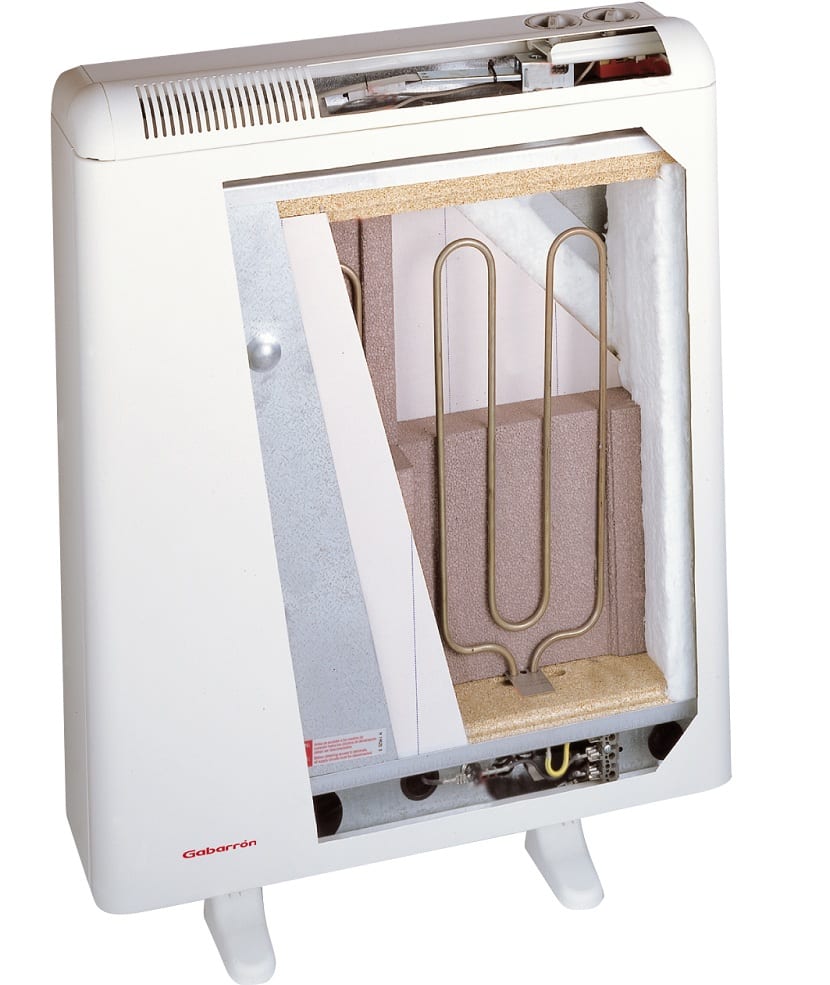
Many people have electric heat in their home and notice at the end of the month how their electricity bill increases. The consumption of electricity related to this type of activity shoots up quickly in cold seasons. Electricity as a heating method is very comfortable and efficient, but it is considered one of the most expensive on the market. However, to avoid these problems there are heat accumulators.
What is this about heat accumulators? If you want to know how to save as much as possible on heating, here we explain everything related to accumulators. You just have to keep reading 🙂
What are heat accumulators?

They are devices that are responsible for transforming electrical energy into thermal energy at a very low cost. That is, through electricity we can heat our rooms but at a lower cost than with conventional heating. They are designed to consume electrical energy during reduced rate periods. All rates come with a schedule where electricity is cheaper. These devices are responsible for transforming electrical energy at the cheapest time of day and accumulating it in the form of heat. This heat will be available when we need it.
These devices bring enormous advantages of use, since we can use their heat whenever we want and we will reduce costs. In addition to this, heat accumulators have other advantages such as:
- There are no heat losses during use. This happens because they are only prepared to charge the optimal energy required. As energy is not stored in excess, there are no losses.
- Saves more energy and provides maximum comfort. Having the energy when it is needed is very comfortable. It has a load scheduling system at reduced rate hours to ensure savings between 50 and 60%.
- No post-installation adjustments required.
- It has an option of integration in a remote management system.
- The design is compact, so it is not difficult to integrate it into the decoration of the house. In addition, its handling and maintenance are easy.
Electric heating systems

There are many people who have installed heating in the home. All those people who have opted for heating, can enjoy devices such as:
- Oil or thermoelectric radiators. It is one of the oldest accumulators that exist. They work by heating a thermal oil. When this happens, the temperature increases as the heat trapped in the oil is released.
- Radiating floor. The underfloor heating is an installation in which a network of pipes or cables are placed that carry the hot water under the floor of the house. This helps the ground to radiate heat and increase the temperature on the coldest days of winter. It has become one of the most modern and efficient systems, although its initial cost is high and requires works.
- Heat pump The advantage of this type of accumulator is that it does not consume much energy. The downside is that it only heats the room where it is located. The heat tends to disperse very quickly, so it is not worth much.
- Radiant plates. They are hot waves that increase the heat of the room where it is installed in a homogeneous way.
- Heat accumulators. As mentioned, they are electrical resistors that store heat when the electricity rate is lower and store it.
- Convectors. They are devices that are responsible for entering the cold air and expelling the hot air thanks to some resistors and thermostats that they have.
Types of heat accumulators

There are two types of heat accumulators that consumers can install in their homes:
- Static. This model is capable of releasing heat energy naturally. It is recommended that permanently inhabited places since their comfort temperature is constant.
- Dynamic They have a fan that helps the transmission of energy. Its isolation is more effective than static ones. Controlling the energy discharge allows them to better manage the temperatures of different areas of the house.
To optimize economic spending, what is usually done is to combine both types of accumulators in the house. Static ones are placed in the larger areas and dynamic ones are used in the intermittent ones.
When choosing which accumulator is best for economic reasons, it can be said that the dynamic one. This is because it allows better control of the cost and distribution of heat in the rooms depending on the need.
Key features

The heating system of the accumulators have limited storage space. Are able to accumulate energy and keep it available for when required. It can be adjusted so that it works in the hours when the electricity rate is lower.
It is important to mention that these accumulators must be accompanied by good insulation at home. If we do not have windows that allow us to control the heat or cold that we let in and out of the rooms or sufficient coatings, it will be of little use.
The installation of these devices is very simple and does not require any work. Its maintenance is quite low. It only needs an annual cleaning and a change of batteries of the chronothermostats.
As not all are advantages in any type of electrical apparatus that we use, in this case we are going to mention the disadvantages it has. The accumulated heat load must be done well in advance. This forces consumers to program their own needs. If we do not know if it will be cold or not at a certain time, we cannot use it if we need it immediately. It may happen that we have an unexpected visit and we cannot offer heating due to not having it previously accumulated.
Before acquiring an accumulator you should consider some other aspects such as:
- The high price of each device. This is an initial investment, although it pays off over time.
- If the consumer has a tariff with hourly discrimination, the energy recharge must be done at night.
- There is less control over heat discharge.
With the analysis of these aspects, I hope you can choose your heating system well 🙂